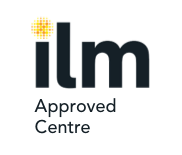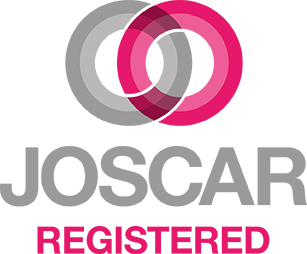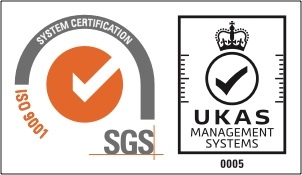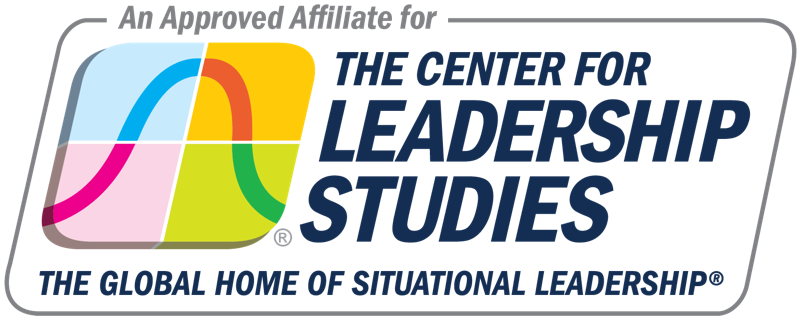The boardroom question every L&D leader dreads: “What’s the actual business impact of our training spend?” It is a fair challenge when you consider that, despite organisations investing over $366 billion globally in employee training, only 12% of CEOs report seeing clear business value from their learning initiatives. This stark disconnect has created an urgent need for L&D teams to transform from cost centres into strategic business drivers through data-driven measurement.
The Hidden Crisis in Training Measurement
Traditional training evaluation has been stuck in the past, relying heavily on participant satisfaction scores and completion rates. While these metrics provide surface-level insights, they fail to answer the critical questions that keep executives awake at night. According to recent research by the Association for Talent Development, 74% of L&D professionals struggle to demonstrate clear connections between training programmes and business outcomes.
The challenge runs deeper than simply collecting data. When a company invests £50,000 in leadership development, decision-makers want to know whether that investment translated into improved team productivity, reduced turnover costs or measurable revenue growth. This measurement gap has created a credibility crisis that threatens training budgets across industries.
Building a Foundation for Meaningful Measurement
Successful ROI measurement begins long before the first training session starts. Organisations that excel at proving training value establish comprehensive baseline metrics that capture both individual and organisational performance indicators. These might include productivity scores, customer satisfaction ratings, employee engagement levels and specific competency assessments tailored to the training objectives.
The key lies in selecting metrics that directly correlate with business priorities. If leadership training programmes aim to improve team performance, baseline measurements should capture current team productivity, collaboration effectiveness and employee retention rates. This foundation enables accurate before-and-after comparisons that isolate training impact from other organisational variables.
The Phillips ROI Model in Practice
The gold standard for training ROI calculation remains the Phillips ROI methodology, which converts training benefits into monetary terms using the formula:
(Benefits - Costs) / Costs × 100.
Companies achieving the highest ROI typically see returns ranging from 200% to 700%, with leadership development programmes often delivering the strongest results.
Consider a manufacturing company that invested £75,000 in management training for 30 supervisors. By tracking productivity improvements, reduced safety incidents and decreased employee turnover over 12 months, they calculated £285,000 in quantifiable benefits, delivering an ROI of 280%. The key was establishing clear causal links between training content and measurable business outcomes.
Strategic Presentation of Training Value
The most compelling ROI presentations speak the language of business leadership. Rather than focusing on learning objectives and satisfaction scores, successful L&D teams present data in terms of revenue impact, cost savings and competitive advantage. They demonstrate how strategic leadership development programmes contribute directly to organisational goals, using metrics that resonate with financial stakeholders.
Effective reporting combines quantitative data with qualitative insights, showing both the numbers and the human impact. Leading L&D teams structure their reports around business priorities, demonstrating how training investments support strategic objectives while delivering measurable returns.
The Future of Training Accountability
As we move through 2025, the organisations that thrive will be those that successfully bridge the gap between learning and business results. This requires more than just better measurement tools – it demands a fundamental shift in how L&D teams position themselves within the organisation.
Ready to transform your L&D measurement approach? Our comprehensive training programmes include built-in ROI tracking frameworks and measurement tools that help you demonstrate clear business value from day one. With ILM accreditation and proven methodologies, we help you build the measurement capabilities that turn training investments into strategic business advantages.
The era of training without accountability is ending. Organisations that embrace data-driven L&D measurement will not only survive budget scrutiny but will position learning as a competitive differentiator that drives sustainable business growth.






